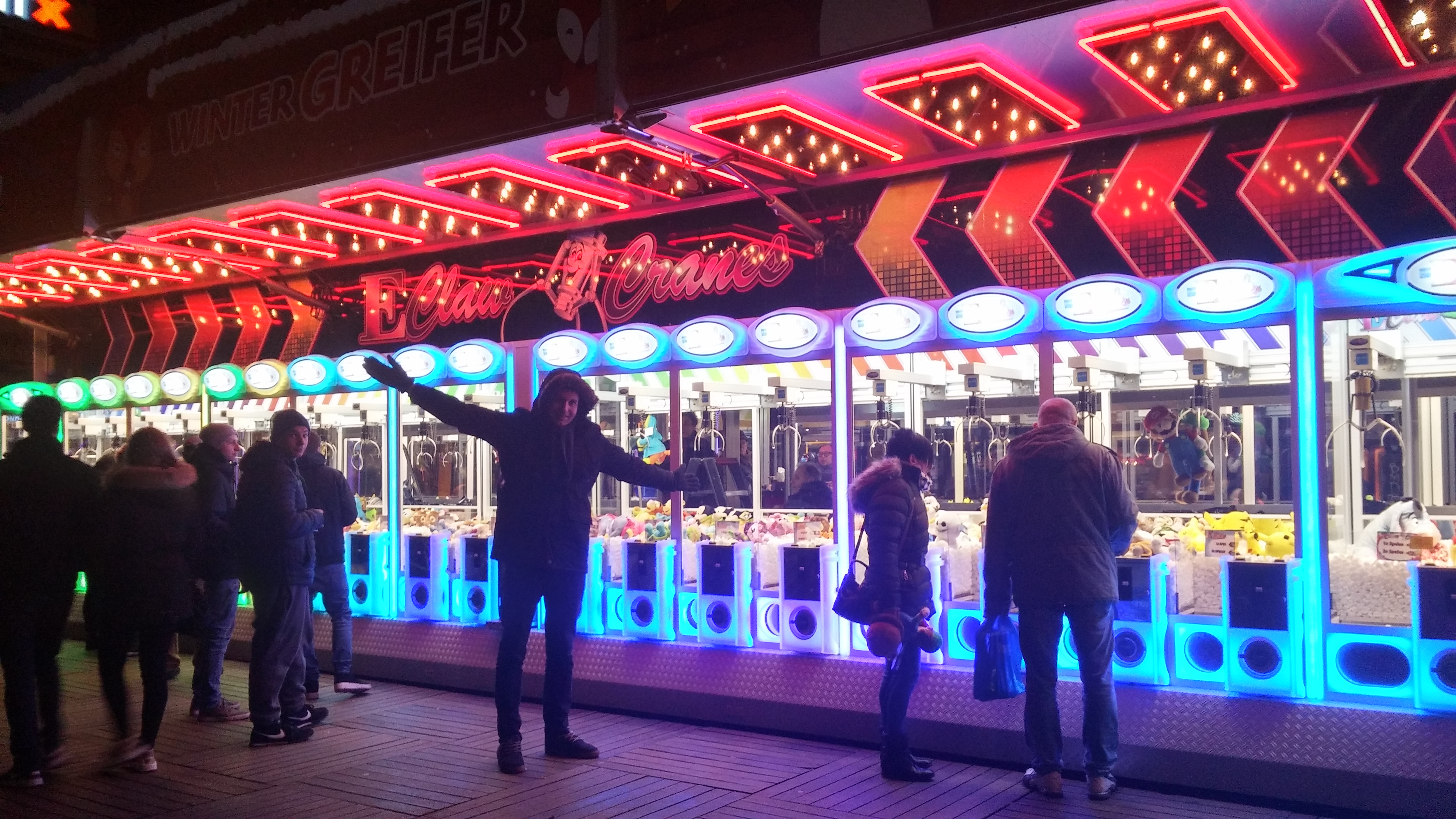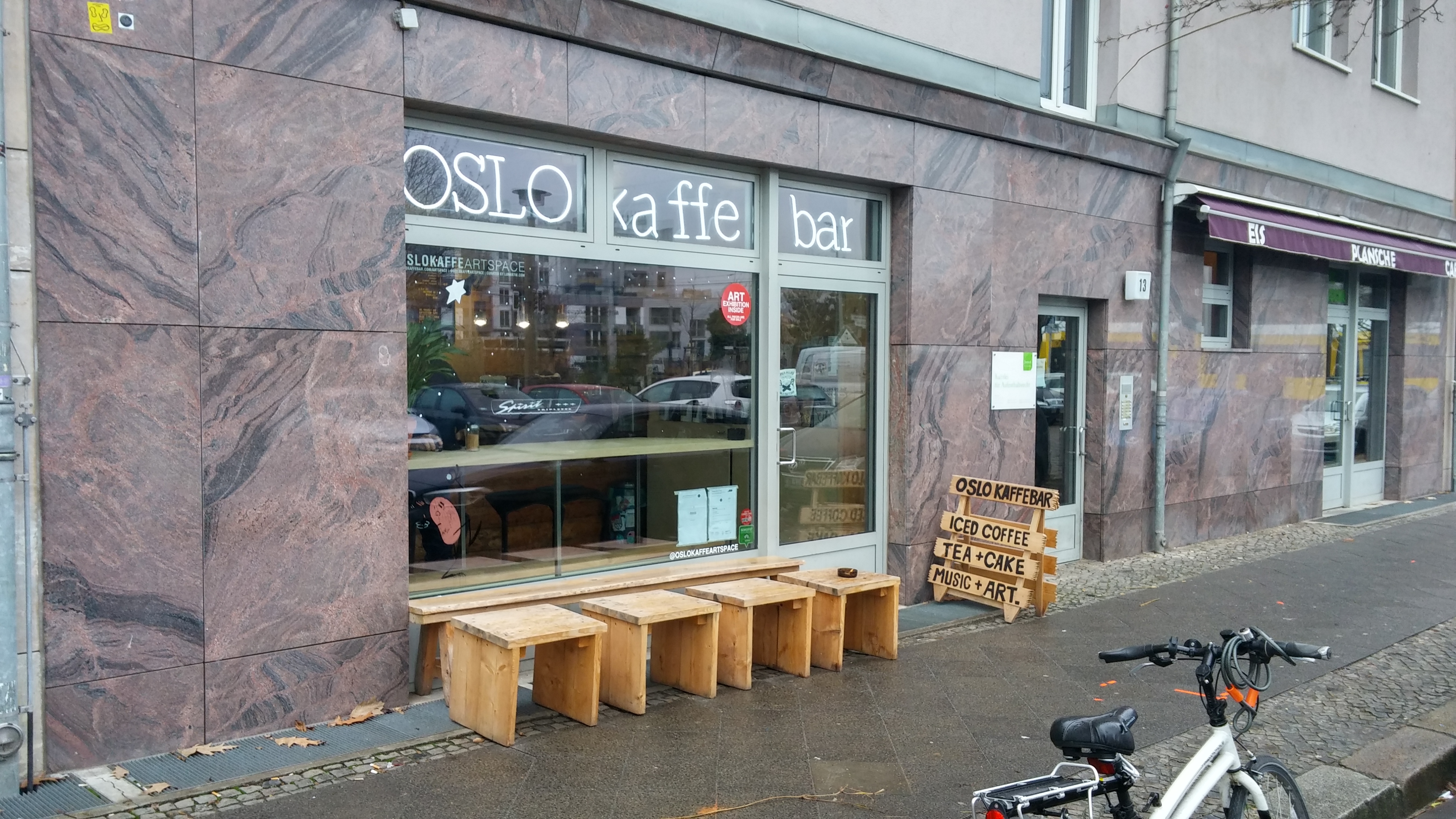Germany: Berlin, Part 1
It’s hard to deny that Berlin has a reputation. And not just in one sense, either; be it partying, history, culture, coffee, Berlin has a lot to offer in many different respects.

I didn’t originally plan on heading to Berlin on this trip, but I ended up joining a group heading to Berlin for New Years. Berlin also has a bit of a reputation for being a wild place to be at this time of the year, so why not combine culture with a bit of a party? Safe to say the first couple of days there weren’t overly productive in the sense of the former, but that was always the plan.

Potato photo of Rob walking down a random street on New Years night. This place goes nuts for New Years, for several days leading up to the night itself it sounds like World War III pretty much 24/7. There are fireworks everywhere, with people lighting them up anywhere, from market squares to subway tunnels. Pretty mad.

Glühwein, or German mulled wine, is the perfect drink for this type of year. You can find it all over the place for about €3 a glass. It warms your soul. And your liver. What more could you ask for?

We headed along to a pretty loose psychedelic trance gig that starts on New Years Eve and finishes at midday on the 2nd of January. No, I did not stay the entire time. Next time…

I couldn’t write this post up without banging this photo through. An entire row of soft toy claw machines, just in the middle of Alexanderplatz. This is the best use for your spare change.
With the party section of the trip done and once the others headed home, I checked into a hostel (The Circus Hostel, would recommend) for a few nights so I could explore what Berlin had to offer and see for myself the turmoil that this city has been through. I’m not going to cover off everything I know about Berlin post-WWII as I’m not a historian, but here’s a glimpse as to what Berlin looks like today with a quick overview of the spots I checked out.

Above is a photo of the Brandenburg Gate. Possible one of the most famous landmarks in the whole country, this is one of the most iconic locations of the separation between the East and West back in that time, especially due to its role in being an iconic thoroughfare point when reunification took place. At New Years, hundreds of thousands of people congregate around here to watch the fireworks.

As I had practically two full days to explore the historical side of Berlin, I focused on the west side the first day before heading over to the other side of the city on the second, carefully planning my path to include regular stops to coffee joints I wanted to check out.

There are dozens of monuments to different occasions over the course of history. This monument, which is close to the Brandenburg Gate, is a memorial to the Sinti and Roma Victims of National Socialism.


Above is the Reichstag Building.
As you walk around Berlin, there are reminders all over the show about the days where Berlin was split. As I walked from the Gate area down towards the next spot, I noticed this cobbled strip running through the streets and footpaths. This is where the wall used to stand. It’s intriguing to look at it and consider that that used to be the boundary.

This is a huge memorial to the murdered Jews of Europe.

As I walked around the city, I took care to notice the architecture of the city, so I could compare it to the East the day after. I had been told there was a stark contrast but wanted to experience that for myself, so I made sure to note the types of buildings, style of infrastructure and general feeling I got from walking around.

Obviously most of the wall has been torn down, but there still remains in many places pieces of the wall with plaques and information which is quite useful to read. It’s interesting to see the maps with where the wall used to stand, and read about stories relevant to that area where you’re standing.


The photo below is taken at the site of the old Gestapo Headquarters, where now stands the Topography of Terror, a free museum dedicated to education and remembrance of the Nazi regime. This boundary is the longest section of the outer wall to remain standing.

The Topography of Terror is free to visit!

This is Checkpoint Charlie. What you see in the photo is recreated, and is quite touristy but a good representation of the checkpoint that was the best known ‘open’ crossing through the wall during the cold war. This was only able to be crossed by those with the right paperwork; foreigners, diplomats, members of the allies, and so on. People were smuggled through into the west here, however; there are stories of successful smuggling being done by hiding people in the boots of cars.


My initial thoughts on Berlin, other than the fact there is a LOT to see, is that it’s a unique place. It’s very different from other places I’ve visited in Germany (it’s a LOT different than Munich). The people here are friendly and I didn’t get any bad vibes from those I met. I left my bank card in the metro ticket machine one day at a busy station and when I got back an hour later, it was still there.
You can find a restaurant or bar for pretty much any type of food you’re into, and there’s sure to be a club, group or organisation for anything you like. It’s definitely a multi-cultural city, yet it retains its heritage well.
I’ll conclude this post here and write up another one on my visit to the other side of Berlin. For point of reference, here are some good coffee shops I stopped in at around the west side of Berlin…
- Roststatte Coffee
- WestBerlin Bar and Shop
- Oslo Kaffebar
- Distrikt Coffee
- The Barn
…because drinking good coffee is a necessity in any Berlin visit!
Thanks for reading!
– Damo
